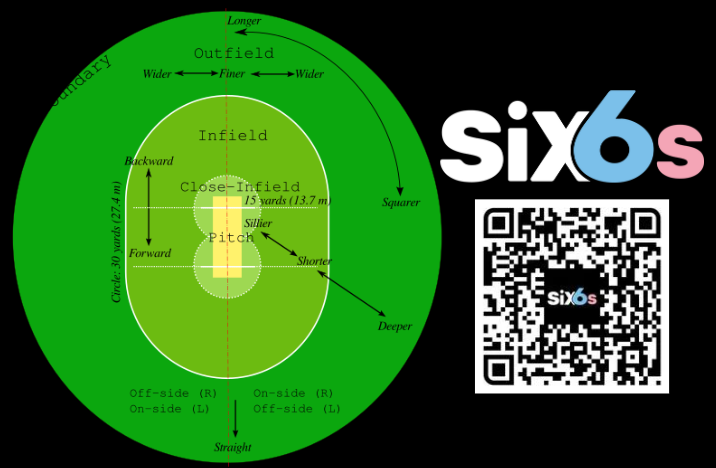
A cricket ground is a large, oval-shaped field where the game of cricket is played. The field is made up of a central strip of grass called the pitch, and an outer area called the outfield. The pitch is 22 yards (20 meters) long and 10 feet (3.05 meters) wide. The outfield is much larger, and can vary in size depending on the ground.
The Size of Cricket Grounds
There is no fixed size for a cricket ground. However, most cricket grounds are between 450 and 500 feet (137 and 152 meters) in diameter. Some of the largest cricket grounds in the world are:
- Melbourne Cricket Ground (Australia): 500 feet (152 meters) in diameter
- Sydney Cricket Ground (Australia): 500 feet (152 meters) in diameter
- Lord’s Cricket Ground (England): 480 feet (146 meters) in diameter
The Importance of Size
The size of a cricket ground can have a significant impact on the game. For example, a larger ground will give the batsmen more space to score runs, while a smaller ground will make it easier for the bowlers to take wickets.
Different Formats of Cricket
There are three different formats of cricket: Test cricket, One-Day International (ODI) cricket, and Twenty20 International (T20I) cricket. Each format of cricket has its own rules and regulations, including the size of the ground.
Test Cricket
Test cricket is the oldest and longest form of cricket. Matches can last for up to five days. Test cricket grounds are the largest, and can be up to 500 feet (152 meters) in diameter.
ODI Cricket
ODI cricket is a shorter form of cricket. Each team bats for a maximum of 50 overs. ODI cricket grounds are smaller than Test cricket grounds, but they are still quite large, typically being around 450 feet (137 meters) in diameter.
T20I Cricket
T20I cricket is the shortest form of cricket. Each team bats for a maximum of 20 overs. T20I cricket grounds are the smallest, and are typically around 400 feet (122 meters) in diameter.
Conclusion:
Test cricket grounds are the largest, followed by ODI cricket grounds, and then T20I cricket grounds. The size of the ground can have a significant impact on the game, with larger grounds giving the batsmen more space to score runs and smaller grounds making it easier for the bowlers to take wickets.
Meta Description:
This article discusses the size of cricket grounds and how it can vary depending on the format of the game being played. The article also explains why the size of the ground is important and how it can impact the game.
Subcategories:
- Cricket
- Cricket Grounds
- Cricket Field
- Cricket Pitch
- Cricket Dimensions
- Cricket History
- Cricket Rules
- Cricket Regulations
